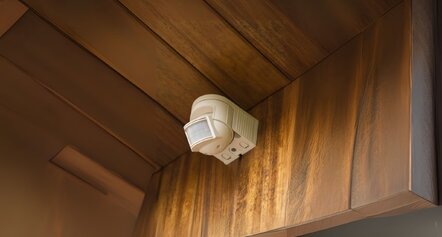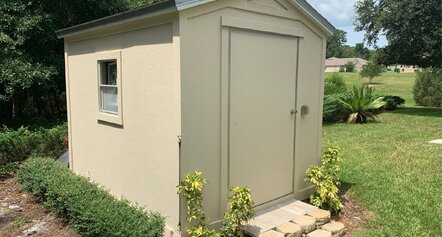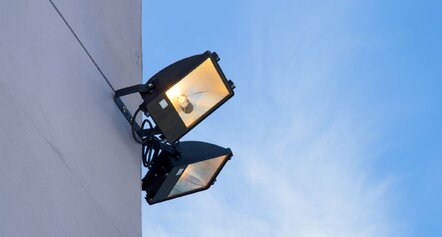Gone are the days when homes, offices and streets were stuck with flickering fluorescent tubes or power-hungry incandescent bulbs. These days, LED ( light emitting diodes) lights are everywhere—from kitchen benchtops to traffic lights—and for good reason. They last longer, run cooler and cut down on energy bills. But how do LED lights work, really? And why are they such a game-changer compared to traditional light bulbs?
Let’s break it down!
What Exactly Is an LED?
LED stands for Light Emitting Diode, a compact piece of tech that transforms electrical energy into visible light. It doesn’t use a filament like incandescent bulbs or rely on gases like fluorescent lamps. Instead, it uses a clever setup inside a semiconductor material to do the job.
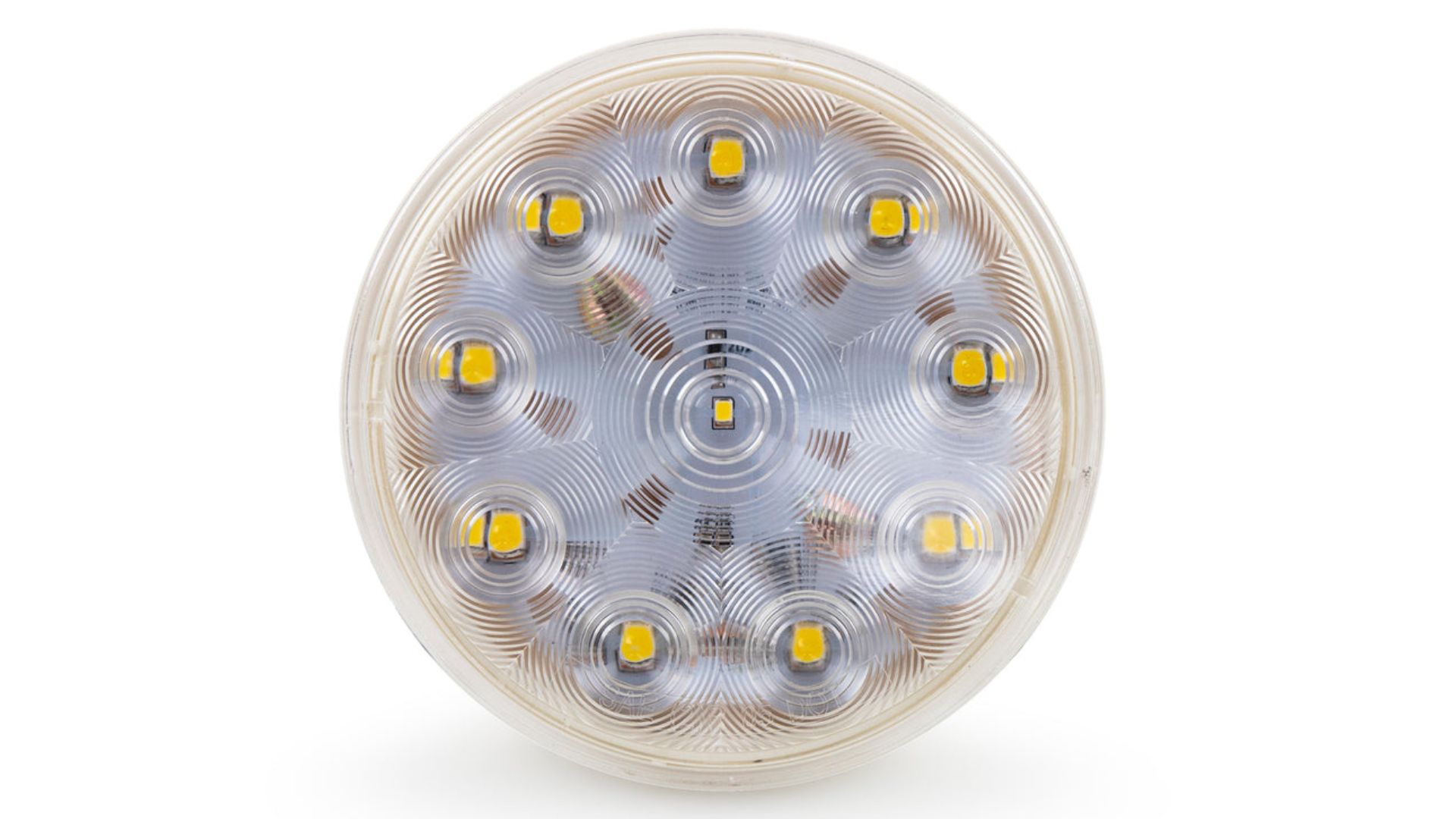
Inside each LED, there are two layers: one’s called the P-type material, which has “holes” where electrons can fall into, and the other’s the N-type material, packed with extra electrons. When an electric current flows through, electrons jump across, land in those holes, and release energy in the form of photons. That’s the light you see.
LEDs emit this light instantly, and thanks to smart design, they produce very little heat—a big leap from incandescent lights that double as miniature heaters.
A Bit of History (and Colour)
Early versions— like the first infrared LEDs in the 1960s—were basic and dim. Then came the blue LED, and everything changed. By combining it with a yellow phosphor, scientists could finally create white light. That unlocked a whole new world of LED lighting products, from home setups to large-scale commercial use.
These days, we even get white LEDs by mixing red, green and blue light sources, offering a full light spectrum that looks more natural for your eyes.
The Tech Inside an LED Light Bulb
Every LED light bulb or fixture is more than just the diode itself. It’s a tiny system made up of:
- A semiconductor chip to emit light
- A lens or diffuser to soften or direct the bright light
- A heat sink to keep things cool
- A driver that converts standard AC into safe low-voltage DC
Together, these parts help lighting LEDs run smoothly, last longer, and offer lower power consumption without sacrificing performance.

LED vs Incandescent vs Fluorescent: What’s the Difference?
If you’re still clinging to your incandescent or fluorescent bulbs, you’re missing out. Here’s the rundown:
Feature | LED Bulbs | Incandescent Bulbs | Fluorescent Bulbs |
Energy Use | Very low (super energy efficient) | Very high | Moderate |
Heat Output | Very little heat | High | Moderate |
Lifespan | 15,000–50,000 hours | Around 1,000 hours | 8,000–10,000 hours |
Durability | Tough—no filament | Fragile wire inside | Contains toxic gases |
Efficiency | Up to 90% high efficiency | Very low | Middle of the road |
LED lights don’t burn out the way traditional light bulbs do. They emit light without warming up or flickering, and unlike incandescent, they stay cool and safe to touch.
Why LED Technology Wins on Efficiency
Here’s the real reason LED technology took off: it’s simply more efficient. A standard 60-watt incandescent bulb wastes most of its juice as heat. In contrast, LEDs emit light using less power and barely any heat loss.
How? LED lighting products use either a combination of red, green, and blue LEDs or a blue LED coated in yellow phosphor to create white light. Both approaches use less energy and offer a balanced, natural glow for everything from ambient settings to strong task lighting.
Even compact fluorescent and CFL bulbs, which were a step up from older tech, don’t compete when it comes to lifespan, control, and overall energy-efficient output.
How Understanding LEDs Helps You Choose Better
Knowing how LED lights work can actually save you money and hassle. Here’s how it helps:
- You’ll understand what makes a good LED replacement bulb
- You’ll recognise terms like heat sink, semiconductor material, and watt incandescent equivalent when shopping
- You can match LED lamps to the task—whether it’s mood lighting or a flood of bright light for the garage
- You’ll avoid traditional bulbs that chew through power and die early
- And, of course, you’ll make smarter, energy-efficient choices in the long run
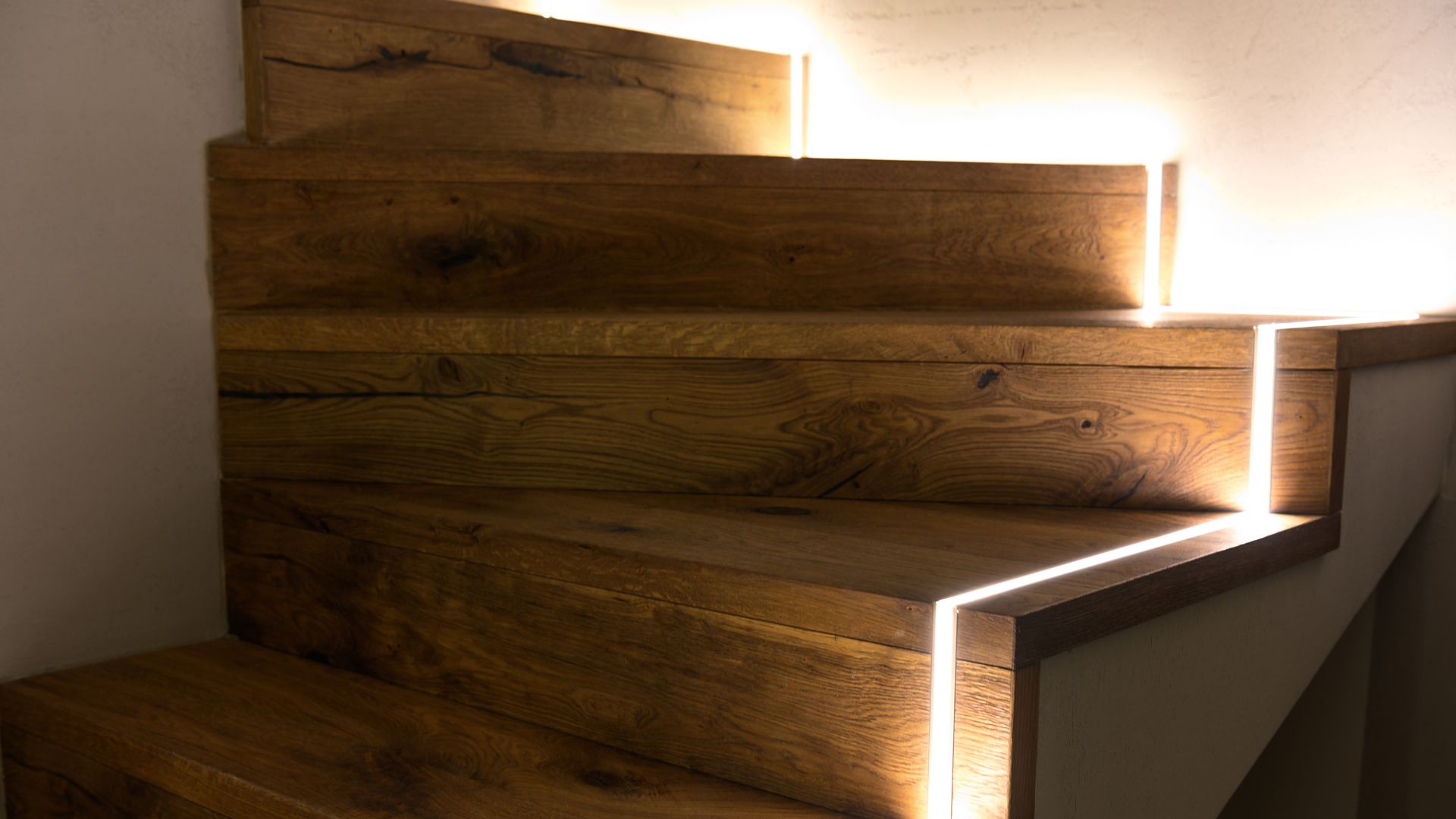
Time to Make the Switch
Still, using incandescent light bulbs or those flickery fluorescent tubes? It’s time for a glow-up.
LED lights use clever semiconductor material to convert electrical energy into visible light without wasting energy as heat. LEDs are one of the best advances in modern lighting technologies, leaving incandescent or fluorescent lamps in the dust.
Whether you’re replacing a 60-watt incandescent, upgrading your task lighting, or decking out your home, LED lights work harder, last longer, and save you more.
LEDs emit a stronger, cleaner glow, are incredibly energy efficient, and need replacing far less often. That’s why more people are turning to LED technology for both homes and businesses.
Need LED upgrades or advice on the Sunshine Coast? Call our licensed electricians for professional lighting solutions tailored to your home or workspace. We handle everything from supply and installation to full lighting rewires.
Contact us today and take the first step toward smarter, energy-saving lighting.
Frequently Asked Questions
How does an LED light produce light?
LEDs—or Light Emitting Diodes—light up using a clever bit of science called electroluminescence. Inside each LED is a tiny semiconductor made from materials like gallium, arsenic, or phosphorus. When you switch on the power, electricity flows through this semiconductor and gives electrons a bit of a jolt. As those electrons settle back down, they release energy in the form of light. Simple, but brilliant.
Unlike old-school incandescent bulbs, which waste a lot of energy creating heat, LEDs skip that step entirely. Most of the power goes straight into making light, not heat, so they stay cool to the touch, use far less energy, and last a whole lot longer.
How does an LED work in simple terms?
Think of an LED as a tiny light engine. When you flick the switch, electricity runs through a small chip inside. That chip gets excited (not literally) and lights up. There’s no glowing filament, no waiting for it to warm up—just instant light.
Because LEDs don’t burn anything to shine, they don’t get hot like old bulbs. That means they’re safer, more energy-friendly, and they can last for years without blowing out. It’s lighting, minus the drama.
How do LED lights change colour?
Now, here’s where LEDs get fun. Some LEDs use three mini lights—red, green and blue—all packed into one. By tweaking how bright each one shines, you can mix millions of colours. Red and green make yellow, all three together make white, and so on. That’s how those funky RGB strip lights and smart bulbs work.
Another method uses a blue LED with a special coating (called phosphor) that shifts the light into white or warmer tones. You’ll find this setup in most everyday LED globes. So, whether you’re setting a mood or just trying to see what you’re cooking, LEDs can match the vibe.
Are there any downsides to LED lights?
LEDs are pretty hard to beat, but they’re not perfect. For starters, they can cost more upfront than traditional bulbs. But since they last longer and use way less power, you’ll usually save money in the long run.
Cheap or dodgy LEDs can be a pain—think flickering, dimming over time, or just dying early. That often comes down to poor build quality or bad heat management. Also, some people find the bright, bluish light a bit harsh, especially in cosy settings.
If that’s you, go for warmer colour temperatures (like 2700K to 3000K) and check the CRI rating to make sure the colours look natural. Stick to good brands, and you’ll avoid most of the headaches.


